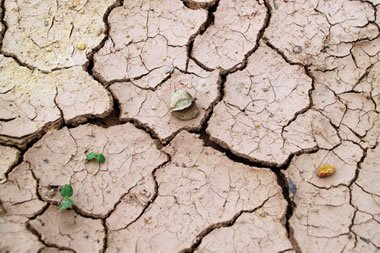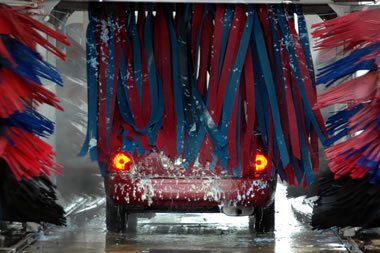Practical Guide to Controlling Legionella in Water Systems
One could be forgiven for becoming overwhelmed at the number of tasks required to control the levels of Legionella bacteria in a water system. However, there are some essential steps that should make it easier to ensure you cover all the salient points when assessing and controlling legionella risks in your own water systems.










